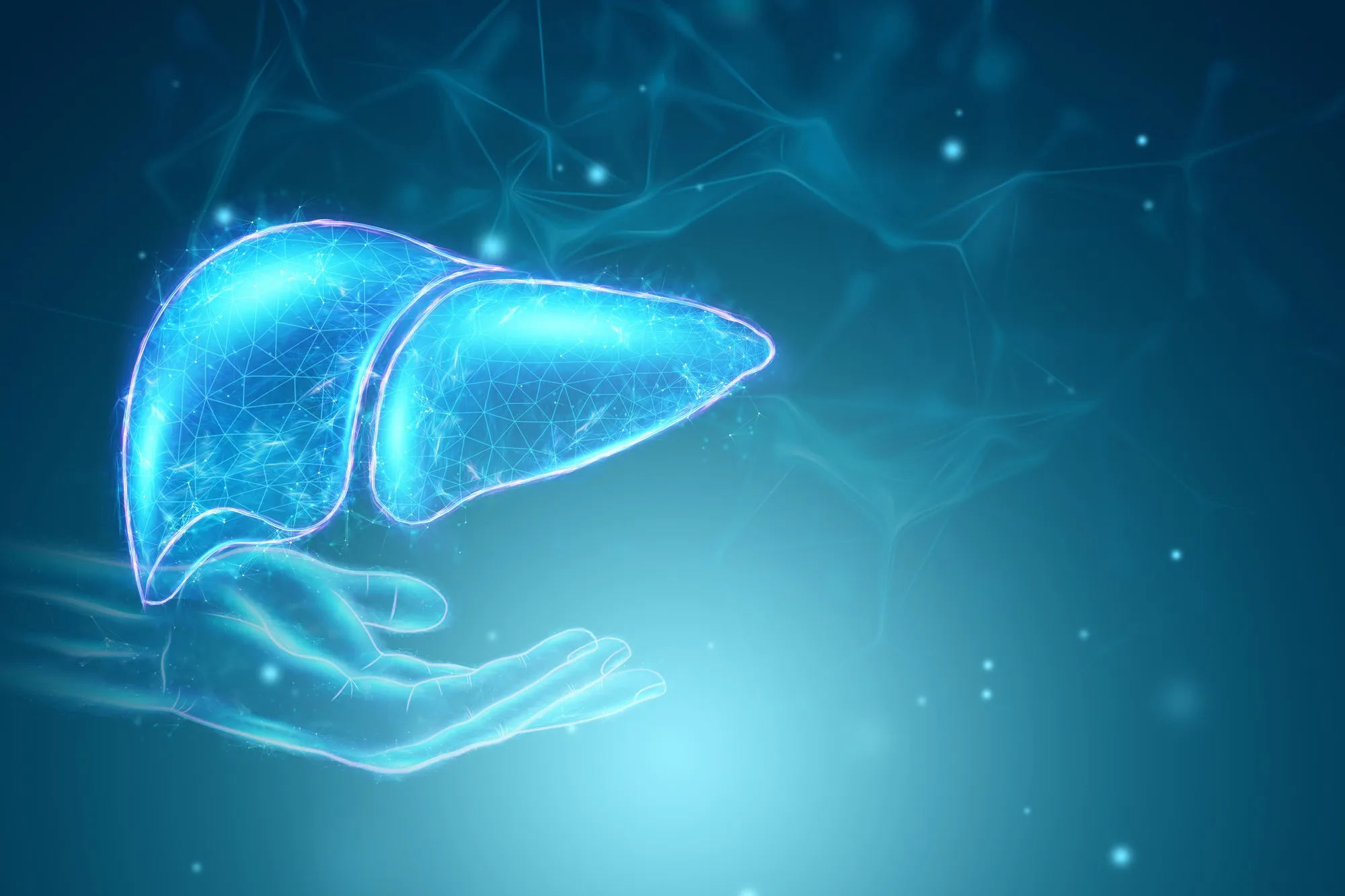The Burden of Liver Disease in Type 2 Diabetes Patients Calls for Increased Specialist Intervention
In a revealing study published on December 19, 2023, in “Nutrition, Metabolism, and Cardiovascular Diseases” (NMCD), an alarming percentage of patients with type 2 diabetes mellitus (T2DM) are shown to require specialist referrals or advanced liver examinations, underscoring the intricate relationship between diabetes and liver health. This article will explore the implications of the study, highlight key findings, and discuss the increasing need for interdisciplinary care in diabetes management.
DOI: 10.1016/j.numecd.2023.12.010
Study Overview and Methodology
Jiang Wangyan, Yan Yongli, Yuan Gang, and Du Tingting of the Department of Endocrinology and National Clinical Research Center for Metabolic Diseases at the Tongji Hospital, Tongji Medical College, Huazhong University of Science and Technology, conducted a cross-sectional assessment of 2515 hospitalized T2DM patients. Their study aimed to estimate the number of T2DM patients who would require hepatology referrals following the 2016 European Association for the Study of the Liver (EASL), European Association for the Study of Diabetes (EASD), and European Association for the Study of Obesity (EASO) guidelines, as well as those needing a second-line vibration controlled transient elastography (VCTE) examination as per the 2021 EASL guidelines.
Referral to Hepatologists: Results and Implications
According to the study published under the DOI 10.1016/j.numecd.2023.12.010, the application of the 2016 EASL-EASD-EASO guideline indicated that 26.8% to 46.4% of T2DM patients would need a hepatologist consultation, depending on the diagnostic criteria for fibrosis used. The range highlights the variability in clinical presentation and risk factors. The alarming referral rate suggests a prevalent issue with liver health among diabetics that clinicians may overlook without proper screening. This data illuminates the necessity for routine liver health assessments in the management of diabetes, with an increasing emphasis on multidisciplinary care models that integrate endocrinology and hepatology.
Need for Advanced Liver Examination
The research further reported that the 2021 EASL guideline warranted a VCTE examination in 10.9% to 35% of T2DM patients. VCTE is a non-invasive method that measures liver stiffness to assess fibrosis, signaling a significant advance from traditional liver examinations. The requirement of VCTE in such a substantial proportion of patients suggests that liver complications are understated in the diabetic population. Consequently, there is a pressing need to incorporate advanced diagnostic procedures like VCTE into the standard diabetes care protocol to ensure early detection and intervention of liver-related complications.
The Role of Obesity and Poor Metabolic Control
The study further discovered that the rates for hepatologist referrals and VCTE examinations were considerably higher in patients who were obese or had poor control of glycated hemoglobin (HbA1c), blood pressure (BP), and low-density lipoprotein cholesterol (LDL-C). These findings demonstrate the synergistic effect of obesity and uncontrolled metabolic factors on liver disease in T2DM patients. Notably, this exacerbates the urgency for robust screening and timely intervention to manage both diabetes and concurrent liver diseases holistically.
References
1. EASL-EASD-EASO Clinical Practice Guidelines for the management of non-alcoholic fatty liver disease. J Hepatol. 2016.
2. 2021 EASL Clinical Practice Guidelines on non-invasive tests for evaluation of liver disease severity and prognosis. J Hepatol. 2021.
3. Wangyan, J., Yongli, Y., Gang, Y., & Tingting, D. (2023). Referral to hepatologists or a second-line examination requirement is common in patients with type 2 diabetes mellitus. Nutr Metab Cardiovasc Dis.
4. Vibration Controlled Transient Elastography and Its Role in Managing Liver Disease. Hepatology. 2021.
5. The Association Between Type 2 Diabetes Mellitus and Liver Disease. J Diabet Complications. 2022.
Declared Interests and Funding
The researchers declared no competing interests, ensuring an unbiased analysis and interpretation of the data related to the study.
Keywords
1. Type 2 Diabetes and Liver Health
2. Hepatology Referrals for Diabetics
3. VCTE Examination in T2DM
4. Diabetes Care and Liver Disease Screening
5. T2DM and Non-Alcoholic Fatty Liver Disease (NAFLD)
Conclusion
The significant referral rates for hepatologist consultations and the advanced liver examination requirements for patients with T2DM pronouncedly demonstrate the intermingled complexities of chronic metabolic diseases and the importance of comprehensive, interdisciplinary health care strategies. This study serves as a pivotal reminder that proactive, cross-specialty collaboration and utilizing non-invasive technologies like VCTE are essential in refining diabetes care and improving patient outcomes. As the incidence of T2DM continues to rise, health systems must adapt to these complex needs, further integrating hepatology expertise into diabetes management and encouraging a more preventive approach to diabetes-related complications.
